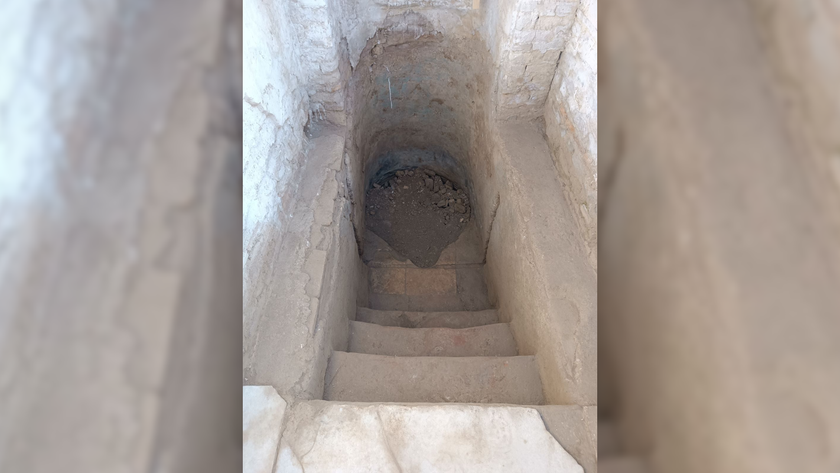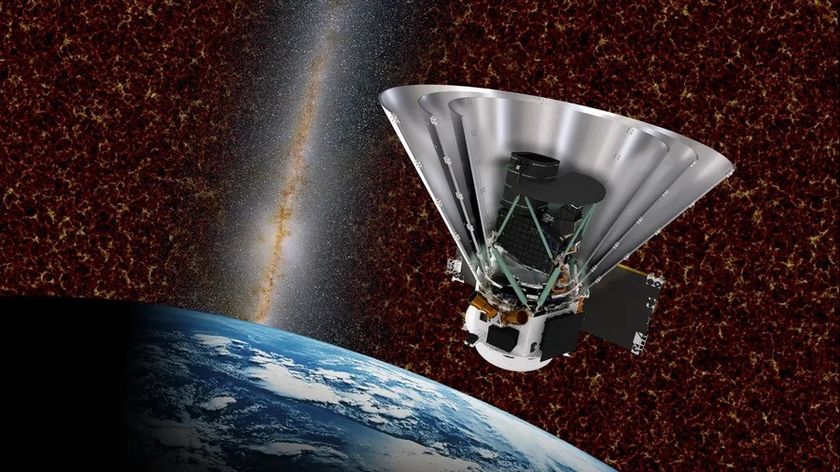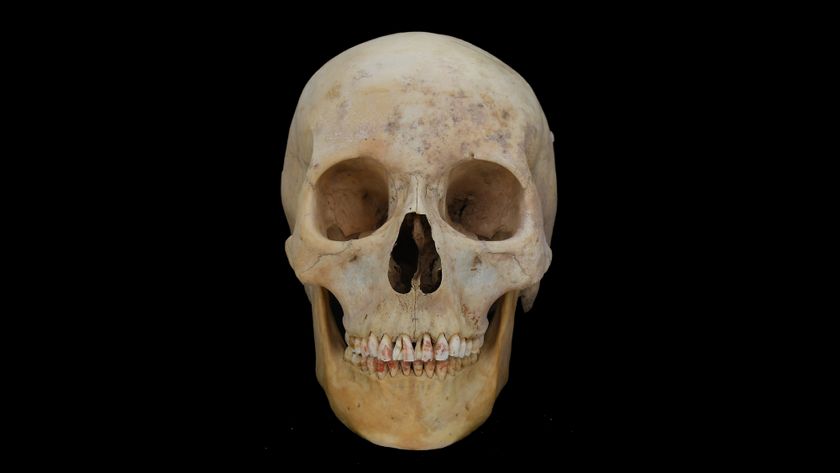In Photos: The Last 5 Northern White Rhinos
Just five northern white rhinoceroses remain in the wild. And chances of them breeding, without human intervention, to bring numbers back up are slim. In a race to save this subspecies (Ceratotherium simum cottoni), conservationists and veterinarians are turning to in vitro fertilization. But will they run out of time or quality semen? [Read the full story on saving the northern white rhino]
Last Male Standing

Sudan is the last male northern white rhinoceros in the world. He lives under armed guard at the Ol Pejeta Conservancy in Kenya, his horn docked to make him less valuable to poachers. There are only five northern white rhinos still living, all of them in captivity. (Photo Credit: Ian Aitken)
Sudan Eating

Sudan, the last male northern white rhino, eats in his paddock at the Ol Pejeta Conservancy in Kenya. At 42, Sudan is too old to mount a female, and his sperm quality is poor. Veterinarians are trying to bank the rhino's sperm for use in in vitro fertilization. (Photo Credit: Ol Pejeta Conservancy)
Female northern whites

Najin and Fatu are two of the four remaining female northern white rhinoceroses left. Along with Sudan, both were transferred from a zoo in the Czech Republic to Kenya. Najin is old and has leg problems that prevent her from sustaining a mating, according to Ol Pejeta CEO Richard Vigne. Fatu has never bred, and now has uterine problems that likely prevent her from carrying a pregnancy. (Photo Credit: Erico Hiller)
Sign up for the Live Science daily newsletter now
Get the world’s most fascinating discoveries delivered straight to your inbox.
Nola

Nola is the last remaining female northern white rhino at the San Diego Zoo, following the death of the second-to-last male on Earth, Angalifu. Angalifu died at the age of 44 in December 2014. (Photo Credit: San Diego Zoo Global)
Nola's pedicure

Nola, the northern white rhino at the San Diego Zoo, gets her nails trimmed. Nola is over 40 years old, past reproductive age. Researchers at the San Diego Zoo Institute for Conservation Research and elsewhere are working to develop in vitro fertilization methods to create northern white rhino embryos that can be carried by surrogate southern white rhinos, a closely related species. (Photo Credit: San Diego Zoo Global)
Rhino's keeper

Sudan with his keeper, Mohammed, at Kenya's Ol Pejeta Conservancy. Sudan came to Kenya in 2009 from the Dvur Kralove zoo in the Czech Republic. His horn, which is made of keratin, the same protein that makes fingernails and hair, has been docked to make him less valuable to poachers. (Photo Credit: Jan Stejskal)
Rhino threats

Because rhino horn is basically fingernail material, it's painless to cut and does grow back. But rhino horn is valued in traditional Eastern medicine as a supposed cure from everything from fever to rheumatism, which has led to rampant poaching of all five rhinoceros species. The northern white rhinoceros is the closest to extinction, but Indonesia's Javan and Sumatran rhinos are not far behind. Africa's black rhinoceros is also critically endangered, while the southern white rhinoceros is merely "near threatened." (Photo Credit: Ian Aitken)
Rhinos in captivity

Nola wades in her enclosure at the San Diego Zoo. The last northern white rhinos in the wild were at Garamba National Park in the Democractic Republic of Congo, but those animals have not been sighted since 2007 and are presumed dead. (Only four remained as of 2005.) (Photo Credit: San Diego Zoo Global)
Apple for Sudan

Mohammed, a keeper at Ol Pejeta, feeds Sudan in his enclosure. According to the Conservancy, Sudan recognizes his keepers by their voices and is calm around them. It would not be wise to get this close to a rhino in the wild — these animals more than 5,500 pounds (2,500 kilograms) and can run at top speeds of 30 miles per hour (48 kilometers per hour). (Photo Credit: Ol Pejeta Conservancy)
Nabire

Nabire is the last remaining northern white rhinoceros at the Czech Republic's Dvur Kralove Zoo. Sudan is her father. (Photo Credit: Dvur Kralove Zoo)
Follow Stephanie Pappas on Twitter and Google+. Follow us @livescience, Facebook & Google+.

Stephanie Pappas is a contributing writer for Live Science, covering topics ranging from geoscience to archaeology to the human brain and behavior. She was previously a senior writer for Live Science but is now a freelancer based in Denver, Colorado, and regularly contributes to Scientific American and The Monitor, the monthly magazine of the American Psychological Association. Stephanie received a bachelor's degree in psychology from the University of South Carolina and a graduate certificate in science communication from the University of California, Santa Cruz.









